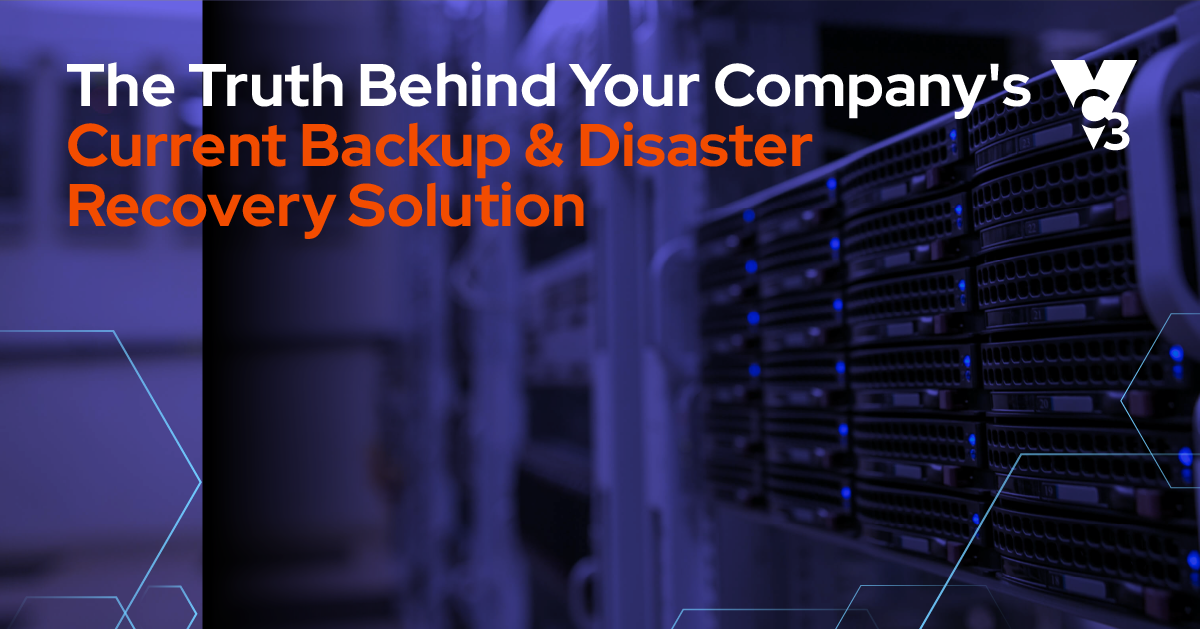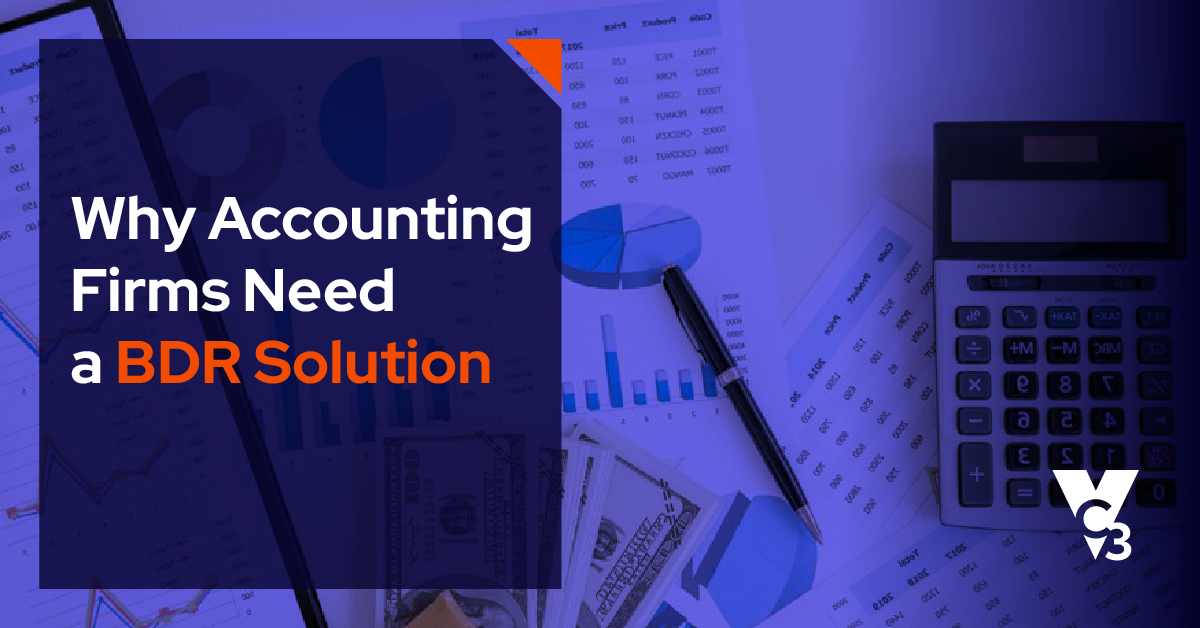I'm sure you’re probably familiar with Murphy’s Law: Anything that can go wrong will go wrong — and at the worst possible time. While the concept can apply to any number of situations, it absolutely applies to those situations that many companies can find themselves in.
Imagine that you’ve gone home after a long day of work, only to receive a phone call in the middle of the night, notifying you that there was a fire at your company. Your office has been destroyed, along with all on-site servers, computers, and other storage devices containing your invaluable data. Now, replace this horrifying picture with:
- A cyber attack that has targeted your company’s network and servers, destroying everything in its virtual path;
- An angry employee who decides to take out his or her dissatisfaction about a friend being fired on your computer system; or
- Your building experiences a power overload, frying your network, servers, and other computer systems.
These are all some pretty scary thoughts, and there are many other possible scenarios that come to mind. However, many of these example situations have been realities for businesses around the world — regardless of size or industry — and for some, recovery is just not possible. When it comes to businesses experiencing cyber attacks, Inc. reports that upwards of 60% of small- and medium-sized businesses (SMBs) that are hacked end up going out of business after six months.
While it may seem like the damage from any of these situations may be unavoidable, that’s not actually the case. If the businesses in any of these scenarios had an efficient backup & disaster recovery (BDR) process in place, the effects of these situations could have been greatly reduced.
Understanding Differences: Backup vs. Disaster Recovery
You may be wondering: What is the difference between data backup versus a disaster recovery plan? In a nutshell, a data backup means that your data is copied or replicated from one device to another. This could be something as simple as using on-site backup drives, off-site tapes, or remote cloud storage backups.
A disaster recovery plan, on the other hand, is similar to a backup but is on a much larger scale. It’s all about the process of how you will get your business from ground zero — your system has been destroyed and your data lost — to being back up and running like virtually nothing had occurred.
Not All Businesses are Prepared for the Inevitable
Now for the ugly moment of truth: Surveys show that 40% of organizations don’t have any kind of documented disaster recovery plan in place. Furthermore, another 40% of companies that do have a plan in place only bother to test it once a year. What this means is that a number of businesses are simply unprepared for what can — and likely will — happen.
As an experienced IT professional, this lack of planning demonstrated by companies is very concerning to me because I know that it’s virtually impossible to prevent 100% of all cyber attacks. Some of them eventually may be able to slip through your defenses (or easily plow through them, if your cybersecurity prevention methods are outdated or inadequate). So, if you’re not regularly updating your DR Plan and are not performing semi-annual failover testing to ensure your data backups work, then your efforts will be meaningless.
How a Backup & Disaster Recovery Solution Works
Backup data storage solutions can help to save the day in any number of situations. By being able to easily replace data this is lost due to some kind of situation, it means that your business will be back up and running again quickly and efficiently.
Different companies use different types of backup and disaster recovery solutions, including:
- Physical on-site network-attached storage (NAS) device;
- Remote cloud storage and base remote backup;
- Server image backup; or
- Physical backup tapes of your data (kept at a secure off-site location), although these are rarely used anymore.
- Just be sure that your data is encrypted to add an additional layer of protection, regardless of whichever method(s) you choose to use.
From my professional experience, businesses need to have both on-site and off-site backups to be fully covered and prepared. For example, should something happen at your office that results in the on-site data backups being destroyed, if you have the data saved at the off-site location available, you can quickly and easily restore your systems — or vice versa. Furthermore, if you use image-based backup methods, your recovery will take only minutes rather than several days like other data backup methods.
A common mistake that many companies make is that they put all of the time, effort, and money into backup up their data at the onset… but, they then don’t follow through with testing their backups on a regular basis to ensure their backups are complete as their data set grows. We've too often seen data missing from backups because the initial selection criteria wasn't complete. This meant that any new data that was created after the initial backup will be lost in the event of a data breach, cyber attack, or another disaster.
The Bottom Line
Don’t allow your business to become another casualty of failed BDR efforts. Plan for the worst and hope for the best. We've lived through many a disaster helping our clients get to the other side without a hitch (knock wood).






